Spreading gravel on a road, parking lot, or driveway is very easy when you use a dump truck. If this is your plan, then you are in the right place. We did research to show you step-by-step how a dump truck can spread gravel.
You can easily spread gravel using a tailgate dump truck by following the steps below:
- Set the chain link to control how wide you want the tailgate to open.
- Lift the dump truck box slowly with the tailgate closed until you can feel the gravel begin hitting the tailgate.
- Start driving slowly forward and open the tailgate after a short distance to let out the gravel.
- Continue driving the dump truck until you spread gravel on the required section of the road.
Keep reading to learn in-depth how to spread gravel on a road using a dump truck. You will also learn about different types of dump trucks. Included are reasons to tailgate some dump trucks like the articulated dump truck. We've included tips on how to keep your truck in excellent condition.
How To Spread Gravel With A Tailgate Dump Truck
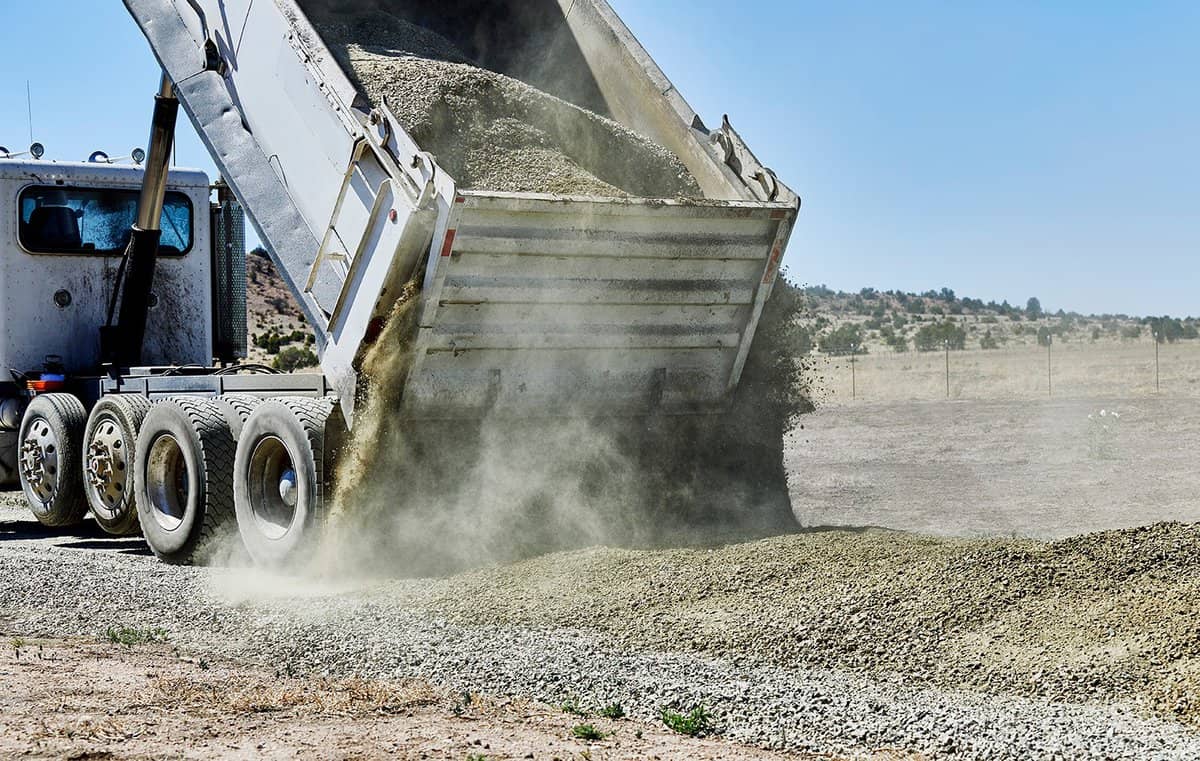
Before we dive into how to spread gravel using a tailgate dump truck, we need to cover some basic information.
There is a latch system on either side of the tailgate. There's a lever at the front, which you can use to control the tailgate. However, a tailgate can also be controlled electrically.
When you activate the lever, the tailgate opens by its hinges. A chain is fixed on the tailgate to control how much the tailgate opens.
You can find this heavy-duty chain link on Amazon.
How To Spread Gravel
- Install the appropriate length of chain link to allow the tailgate to open the width you desire. For example, you'll need 26 chain links to open the tailgate up to three inches wide. This is perfect for granular A gravel. To spread granular B gravel, you'll need 28 chain links to open even wider.
- In some trucks, you'll need two chains on each tailgate end, while others only need one chain on one end.
- While controlling the lever, lift the dump truck box slowly with the tailgate closed. Continue lifting it until you feel the gravel begin hitting the tailgate.
- Before you open the tailgate, start driving slowly in low gear to prevent the gravel from piling up at the start.
- After driving a short distance, open the tailgate to pour out the gravel.
- Continue driving until you cover the required distance with gravel.
- You might have to make a few trips to load gravel onto the dump truck. The best way to do this is by using a wheel loader, which we shall discuss in the next section.
The video below that provides basic information about a tailgate dump truck and a visual presentation of the steps above:
How To Load A Dump Truck
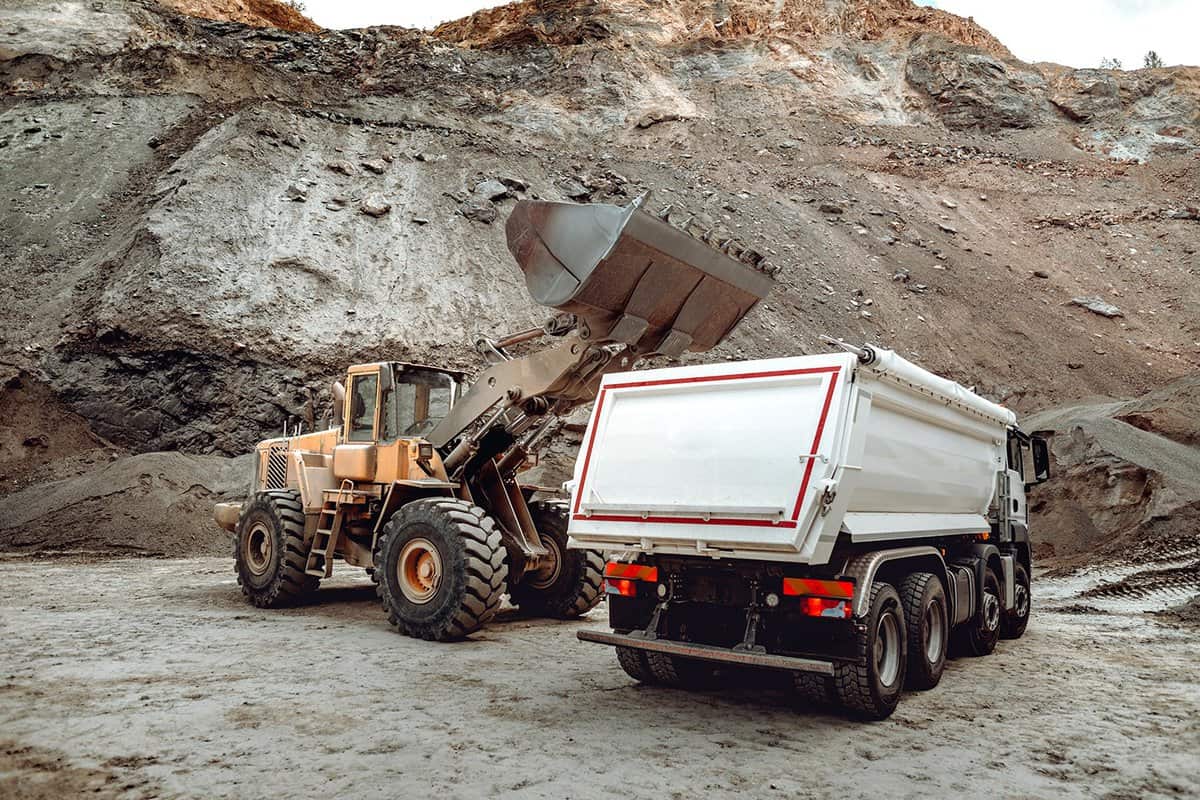
You will need to load gravel onto the dump truck. The easiest way to do this is by using a wheel loader. The following are steps for loading gravel into a tailgate dump truck:
- Drive towards the gravel pile.
- Continue driving until you drive into the pile, ensuring the bucket is close to and level with the ground.
- You should aim to get a full bucket, though the gravel should not spill over on the sides. If it is too full, shake out some of the gravel before pulling out.
- As you go into the gravel pile, start lifting the bucket. That way, you will scoop as much gravel as possible.
- When you have scooped enough, start driving backward. Afterward, turn and then drive forward towards the dump truck.
- Move as close as possible to the dump truck. Lift the bucket above the dump truck box, but not too high up. Move it to the center of the dump truck box and pour the gravel inside.
- With the bucket still lifted, move backward and then drive toward the pile to scoop some more gravel.
- Repeat the process until the truck is full.
Types Of Dump Trucks
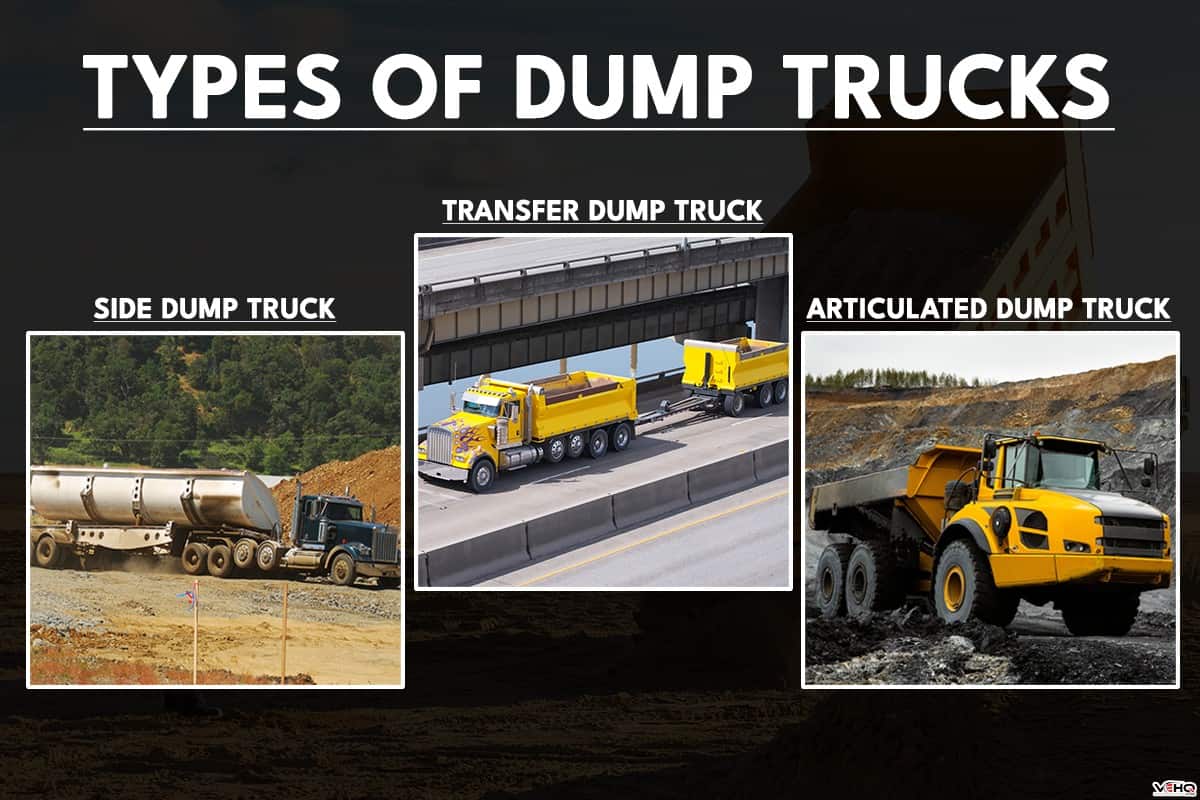
Other than the standard tailgate dump truck, there are other types available. Let's explore a few:
Side Dump Truck
A side dump truck dumps material from the side and not the back. It has a higher advantage than a tailgate dump truck because it can unload much faster. It can also carry heavier loads. Also, it does not easily tip over.
Transfer Dump Truck
A transfer dump truck has a modified dump box. It has a mechanism that transfers a load box from another trailer into its dump box. Check out the video below that demonstrates this:
Articulated Dump Truck
An articulated dump truck has a permanent articulated joint between the dump box and the cab. In other words, you cannot separate the dump box and the cab. But can you install a tailgate in this truck? Find out more in the next section.
Reasons To Tailgate Your Articulated Dump Truck
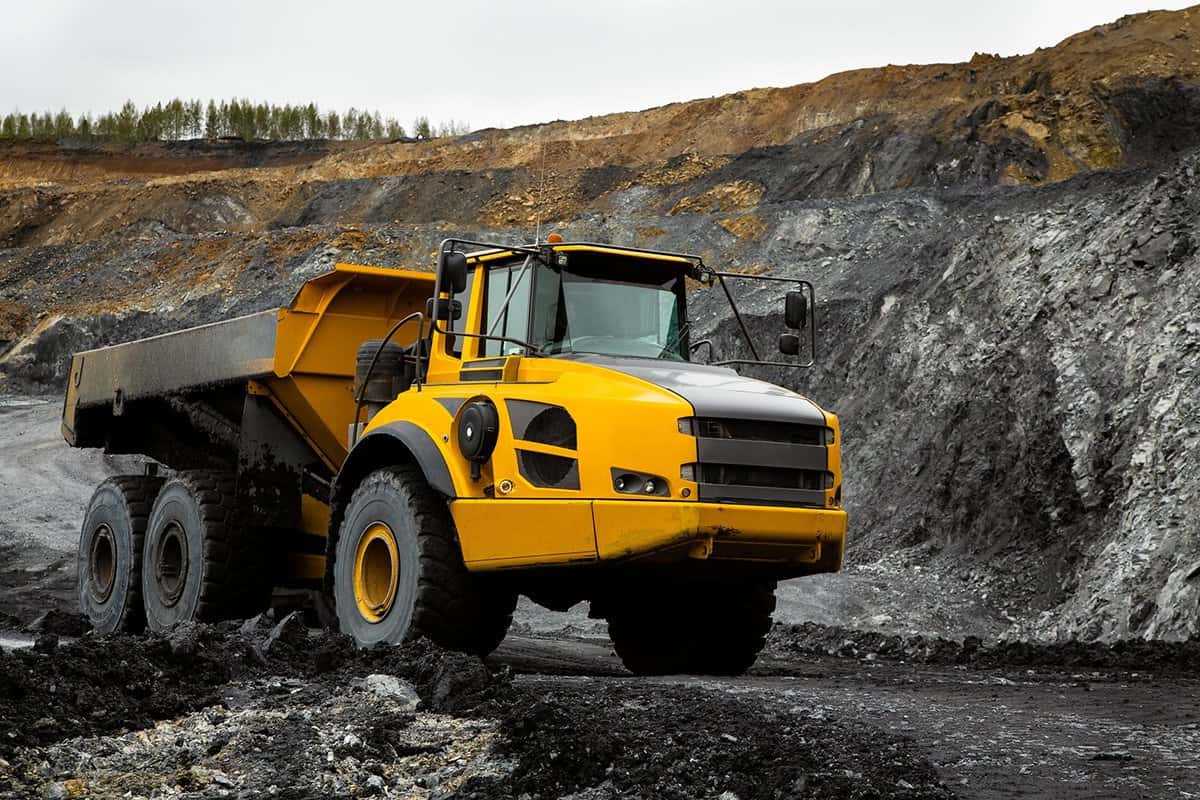
There are several reasons to tailgate an articulated dump truck, which include:
Even Weight Distribution
Most dump trucks haul up to two-thirds of the material on the rear axle and only one-third on the front axle. If you install a tailgate, both axles have an even distribution of weight.
Loading Is Faster
You can finish your jobs much faster and easier after adding a tailgate to an articulated dump truck. As a result, there's less consumption of fuel.
Decreased Tire Cost
By installing a tailgate, the load will be evenly distributed on all tires, reducing the wear and tear of the tires. An articulated dump truck concentrates its weight on the front tires, increasing the rate of tear.
How To Maintain Your Dump Truck In Good Condition
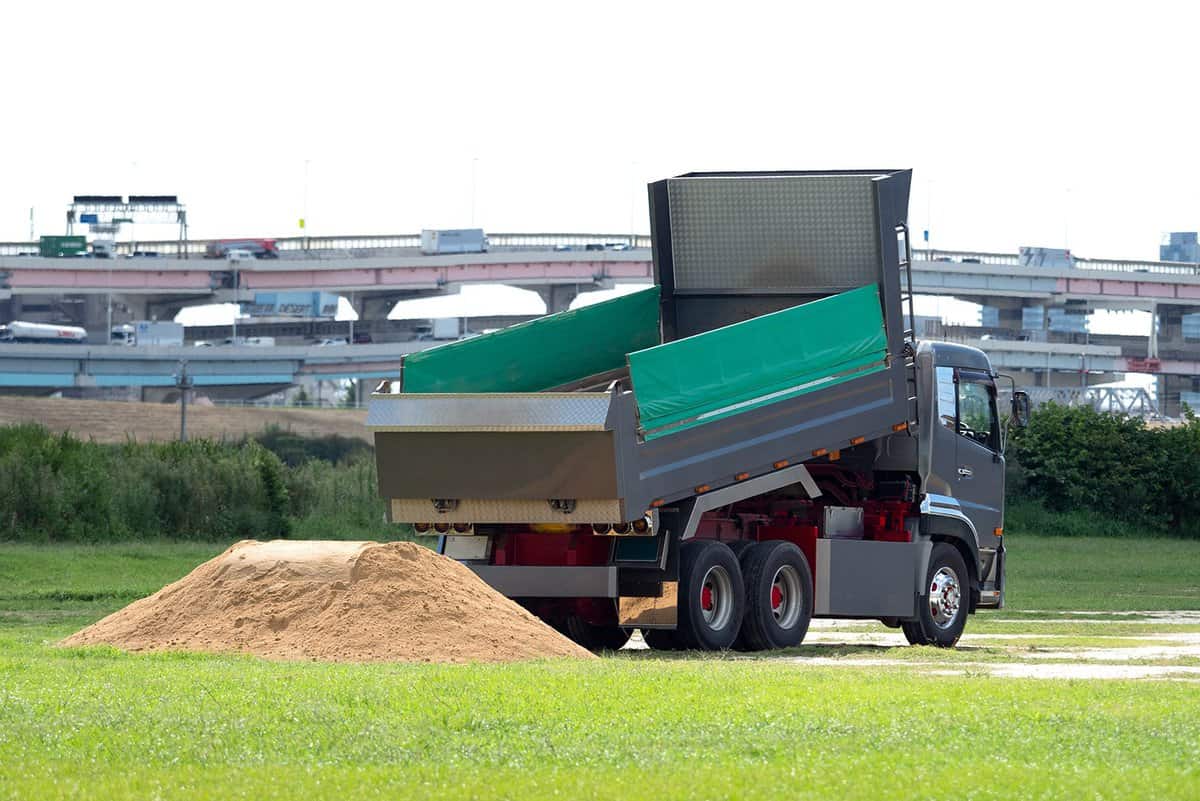
Whether you own a company with a fleet of dump trucks or operate only one, keeping your dump truck in good condition is essential. The following are some ways to keep your dump truck in tip-top shape:
Refer To Your Owner's Manual
You will probably run into issues with your dump truck at some point. That is why you should keep your manual within reach. You do not know when you might need to refer to it. Reading your manual first before calling a technician can save you money.
Regularly Inspect The Tires
Dump truck tires are subject to heavy loads and pressure. Ensuring that the tires are at a recommended pressure of between 85 and 105 PSI will help them last longer
Have a look at this tire pressure gauge on Amazon.
Don't forget to check the treads on the tires regularly. Worn treads can compromise your truck's traction and, consequently, the driver's safety.
Ensure Batteries Are Working Properly
Some dump trucks have two batteries, one for the truck and the other for operating the dumping mechanism. To keep them in good working condition, charge them as required for the optimal operation of your truck.
Check The Engine Often
The engine is the backbone of every vehicle, including your dump truck. By inspecting it often, you can identify problems much earlier.
You can spot a belt that has begun wearing out. This gives you a chance to replace it before bigger issues arise. Remember to change the oil and transmission fluid regularly and to watch out for any leaks. You should change the oil filters as needed.
You can do more to ensure that your engine is running well. As we mentioned earlier, you should read your manual, which has a full guide on how to check the engine, so that you don't miss anything.
In Closing
Spreading gravel with a tailgate dump truck can save you time and money. As long as you can operate the truck properly, you can cover a large area in a short period of time.
Different types of dump trucks are available, and some don't have tailgates. An example is the articulated dump truck. However, you can install a tailgate for maximum benefit.
After investing in your truck, you should take good care of it. That way, it will serve you longer.
Below are some of our previous posts that might interest you:
What Half Ton Trucks Have The Highest Payload
Are Bigger Tires Better For Trailers


